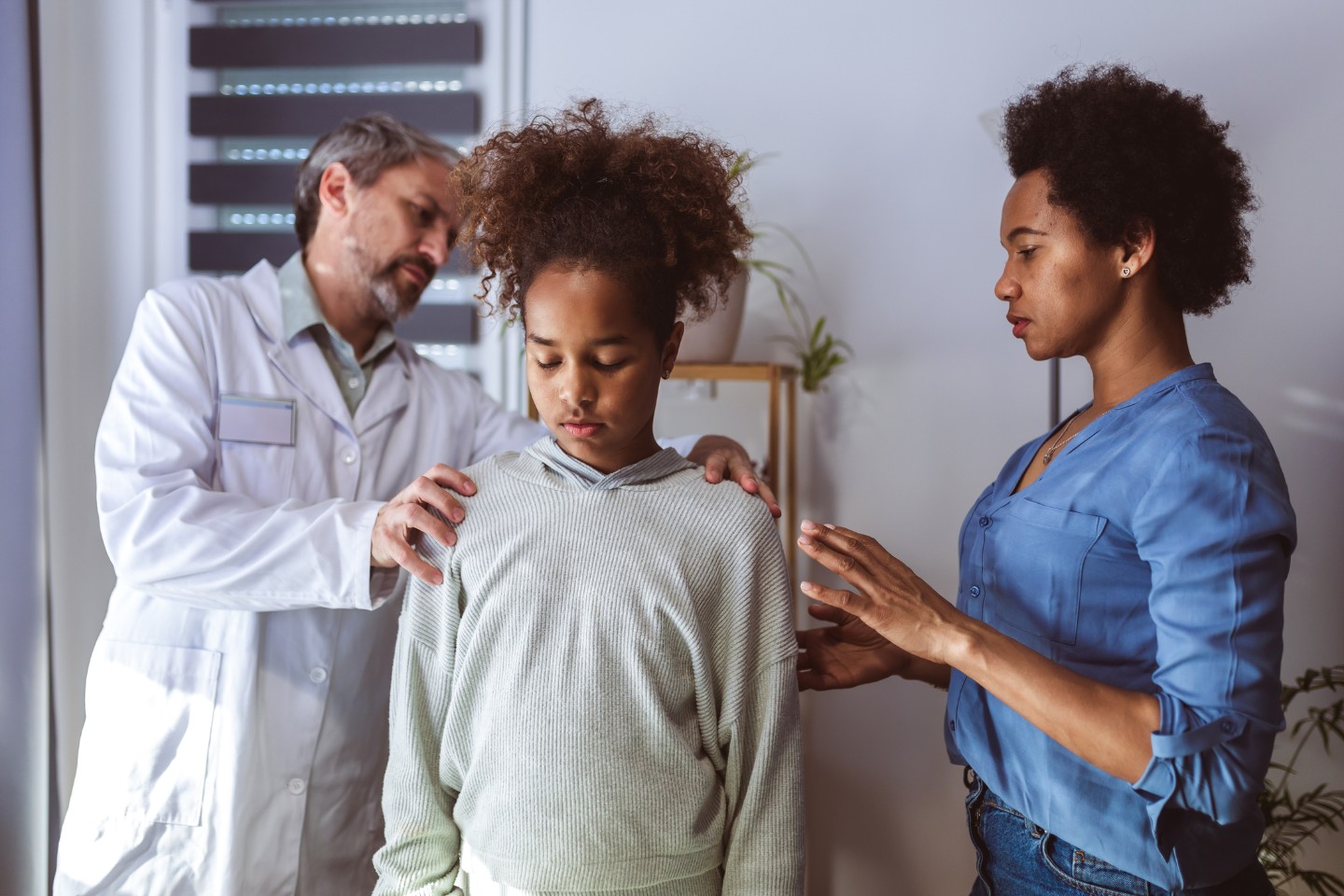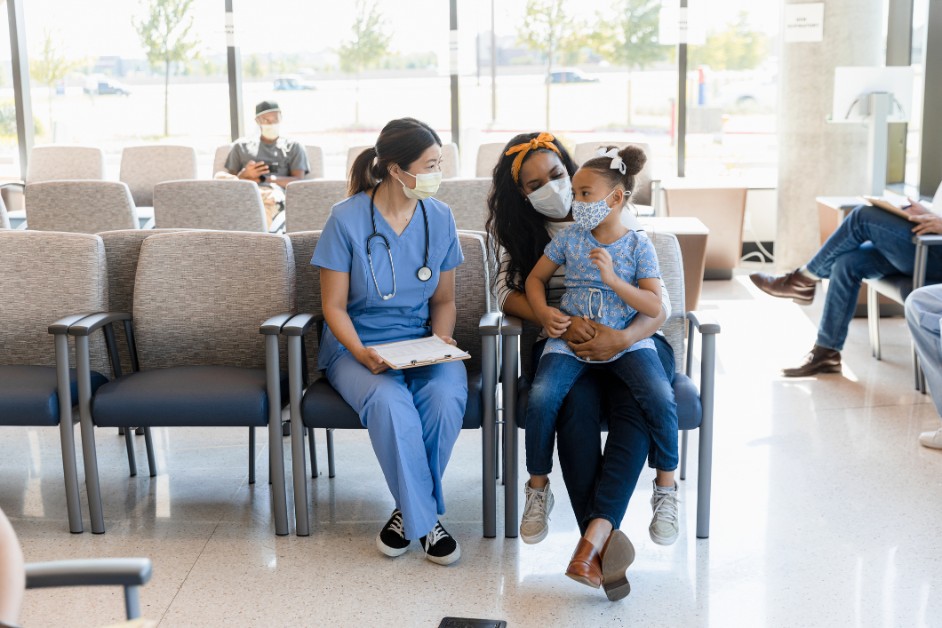Urgent Care vs. Virtual Quick Care vs. ER: A Guide to Getting the Right Care, Right Now
DEC 22, 2025Choosing correctly can save you time, money, and ensure you get the most appropriate and timely treatment.
Read More
Scoliosis. The word itself can sound intimidating, conjuring images of back braces and complex medical procedures. But understanding scoliosis is the first step to managing it effectively. This blog post aims to provide a clear and concise overview of scoliosis, covering its diagnosis, potential causes, and available treatment options.
Simply put, scoliosis is an abnormal sideways curvature of the spine. While a healthy spine has natural curves, scoliosis involves a C or S-shaped curve that can be seen from the back. This curvature can range from mild to severe and can affect people of all ages, although it's most commonly diagnosed during adolescence.
Early detection is key to managing scoliosis effectively. Here's how it's typically diagnosed:
The causes of scoliosis are complex and often unknown. However, here are some of the common types and their potential causes:
Treatment for scoliosis depends on several factors, including the severity of the curve, the patient's age, and the underlying cause. Here's a breakdown of common treatment options:
Living with scoliosis can present challenges, but with proper management and support, individuals can lead active and fulfilling lives. Here are some tips:
Scoliosis is a complex condition, but understanding its diagnosis, causes, and treatment options is crucial for effective management. If you suspect you or your child may have scoliosis, it's important to consult with a doctor for proper evaluation and treatment. With early detection and appropriate care, individuals with scoliosis can live healthy and active lives.

Choosing correctly can save you time, money, and ensure you get the most appropriate and timely treatment.
Read More
MS is not rare. It’s estimated that nearly 1 million people in the United States and 2.8 million worldwide live with MS.
Read More
COPD is a group of progressive lung diseases that block airflow and make it difficult to breathe.
Read MoreWhen you need local health information from a trusted source, turn to the CHI Health Better You eNewsletter.